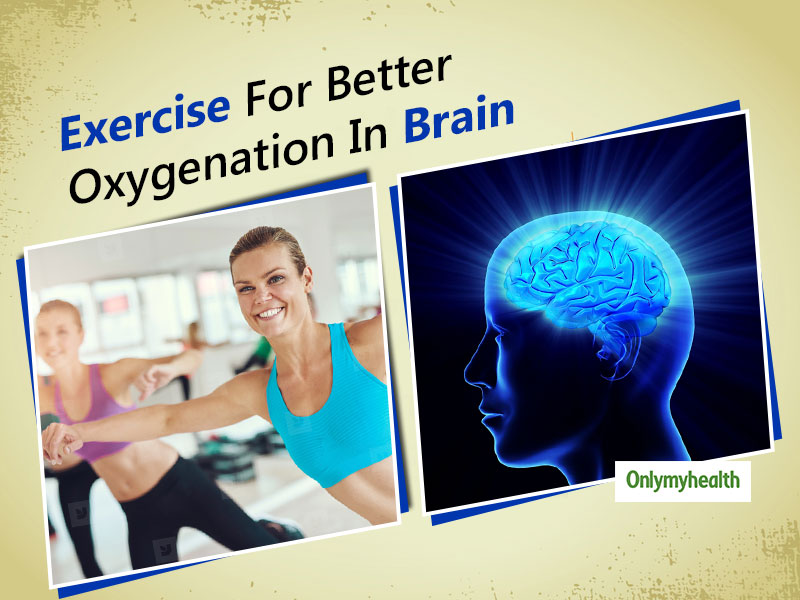


Today, we’re starting to understand a great deal more about how the food we eat changes our bodies and our brains down to the genetic level.

And so, it’s their respective diets that seal their fates within the bee caste system. She is not born genetically different than her worker bees, but she is fed a special diet of royal jelly for most of her life, while the lowly workers are fed pollen and nectar. This is not limited to humans – take the queen bee, for example. In a nutshell, this phenomenon refers to epigenetics, a process by which the genetic function changes, but not the DNA itself.
Brain app android food oxygen exercise plus#
So how could something that happened before birth have such a powerful effect on their health some 50 years later? The answer lies in fetal adaptations to their environments (in this case, a lack of food plus high maternal stress) and how they set a person up for future health complications. Women who conceived during this trying time gave birth to children who survived – but with higher rates of chronic conditions such as diabetes, cardiovascular disease and obesity compared to their unaffected siblings. During this time, dubbed the Hongerwinter, the Dutch population’s nutritional intake dropped to fewer than 1000 calories per day. A little backgroundĭuring the winter of 1944, a terrible famine swept through the Netherlands and carried on until liberation in May 1945. But have you ever thought about whether the foods you eat could affect your genetic makeup? We have. Of course, you think about the foods you eat in terms of whether they make you fat, whether they’ll raise your blood pressure, make you feel bloated or break you out.


 0 kommentar(er)
0 kommentar(er)
